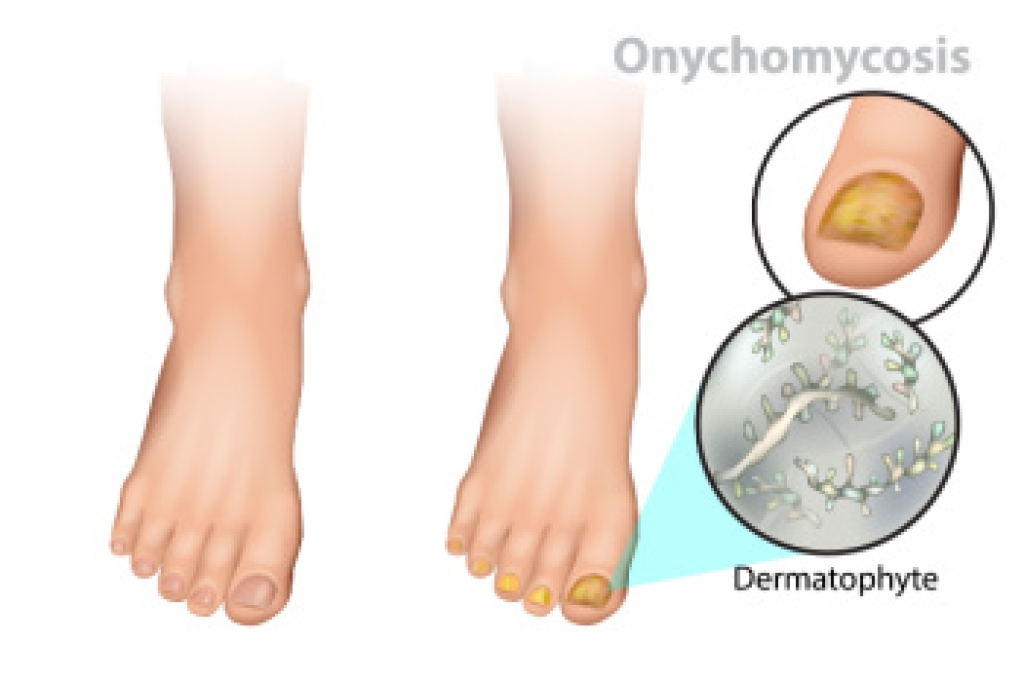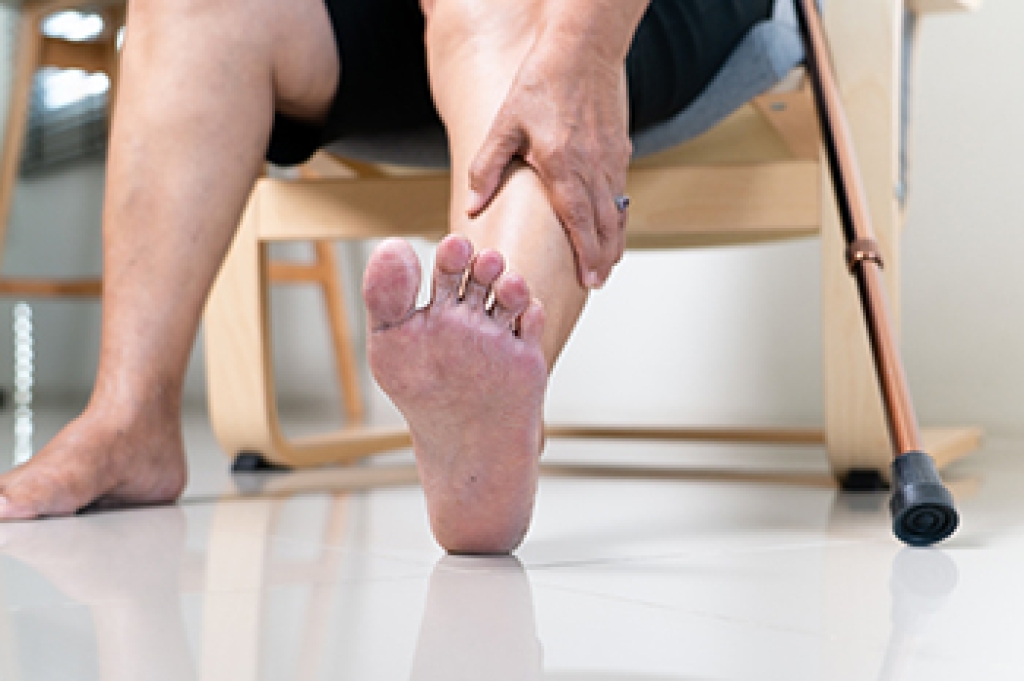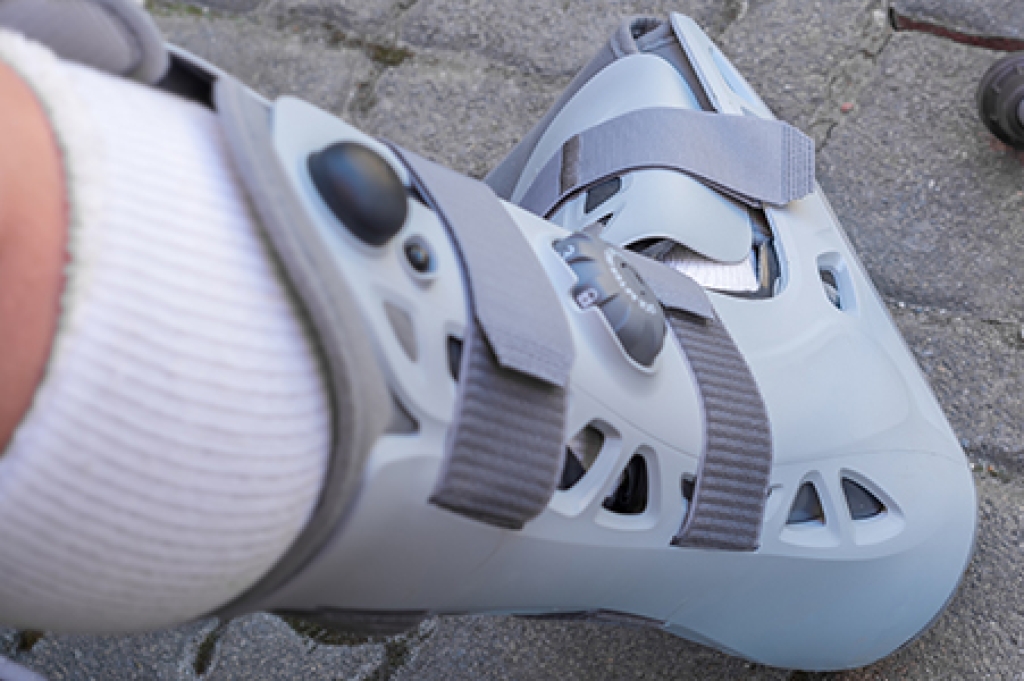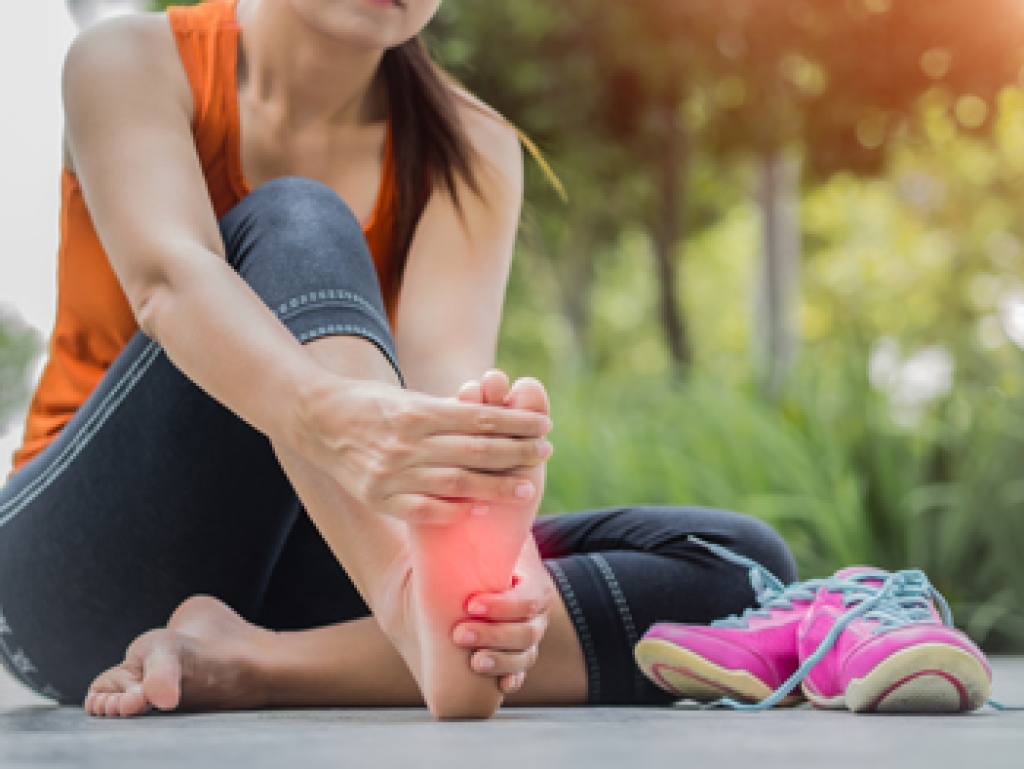
Toenail fungus, also called onychomycosis, often requires professional treatment to fully resolve. Your podiatrist may suggest oral medications, topical treatments, or laser therapy, depending on the severity of the infection. Oral antifungal pills tend to be the most effective but can cause side effects like an upset stomach or liver concerns. Topical solutions avoid these risks but often take longer to show results and may not work for deep infections. Laser treatments offer a non-invasive option, although results can vary. Your podiatrist will consider your health history and the extent of the infection when recommending a treatment plan. Treatment success also depends on how carefully you follow instructions, as missing medication doses or stopping early can lead to failure. If you have developed toenail fungus, it is suggested you visit a podiatrist to discuss safe and effective treatment options.
If left untreated, toenail fungus may spread to other toenails, skin, or even fingernails. If you suspect you have toenail fungus it is important to seek treatment right away. For more information about treatment, contact one of our podiatrists of Westside Podiatry Center, LLP. Our doctors can provide the care you need to keep you pain-free and on your feet.
Symptoms
- Warped or oddly shaped nails
- Yellowish nails
- Loose/separated nail
- Buildup of bits and pieces of nail fragments under the nail
- Brittle, broken, thickened nail
Treatment
If self-care strategies and over-the-counter medications does not help your fungus, your podiatrist may give you a prescription drug instead. Even if you find relief from your toenail fungus symptoms, you may experience a repeat infection in the future.
Prevention
In order to prevent getting toenail fungus in the future, you should always make sure to wash your feet with soap and water. After washing, it is important to dry your feet thoroughly especially in between the toes. When trimming your toenails, be sure to trim straight across instead of in a rounded shape. It is crucial not to cover up discolored nails with nail polish because that will prevent your nail from being able to “breathe”.
In some cases, surgical procedure may be needed to remove the toenail fungus. Consult with your podiatrist about the best treatment options for your case of toenail fungus.
If you have any questions please contact one of our offices located in Liverpool, Camillus, Skaneateles, Oswego, and Cicero, NY . We offer the newest diagnostic and treatment technologies for all your foot and ankle needs.




